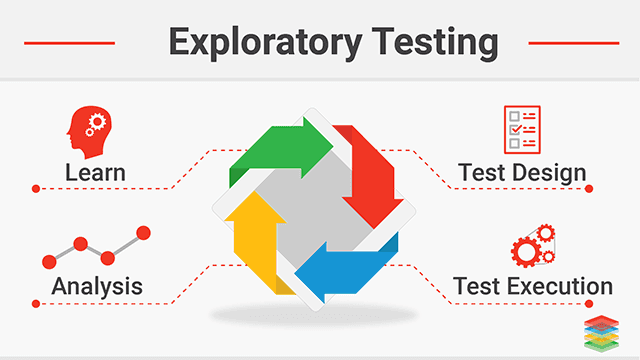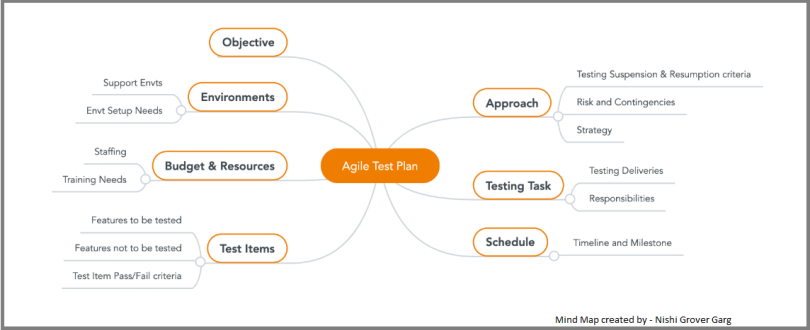Exploration is an integral part of testing. Exploring the application is a great strategy for learning about how it works, finding new information and flows, and discovering some unique bugs too!
Many testers perform exploratory testing as a matter of course, and agile teams may make it an integral part of their tasks. But how can you up your exploration game? Simply going around the application and looking or clicking here and there surely cannot be called creative exploration.
In my article published at Testrail blog, I outline what do you need to do to bring structure to your exploratory tests and get the most useful information out of them?

Designate time for exploration
As we get into the flow of agile and its fast-moving sprints, we focus on testing tasks for each user story and are constantly thinking of what needs to be done next. But with minimal documentation and limited time to design tests, it is imperative to understand that just executing the written or scripted tests will not be enough to ensure the feature’s quality, correctness, and sanity.
Exploratory testing needs to be counted as a separate task. You can even add it to your user story so that the team accounts for the time spent on it and recognizes the effort.
Testers can use the time to focus on the feature at hand and try out how it works, its integrations with other features, and its behavior in various unique scenarios that may or may not have been thought of while designing the scripted tests. Having exploratory testing as a task also mandates that it be done for each and every feature and gives testers that predefined time to spend on exploration.
In my testing days, this used to be the most creative and fun aspect of my sprints, and it resulted in great discoveries, questions, insights, and defects!
Read More »

